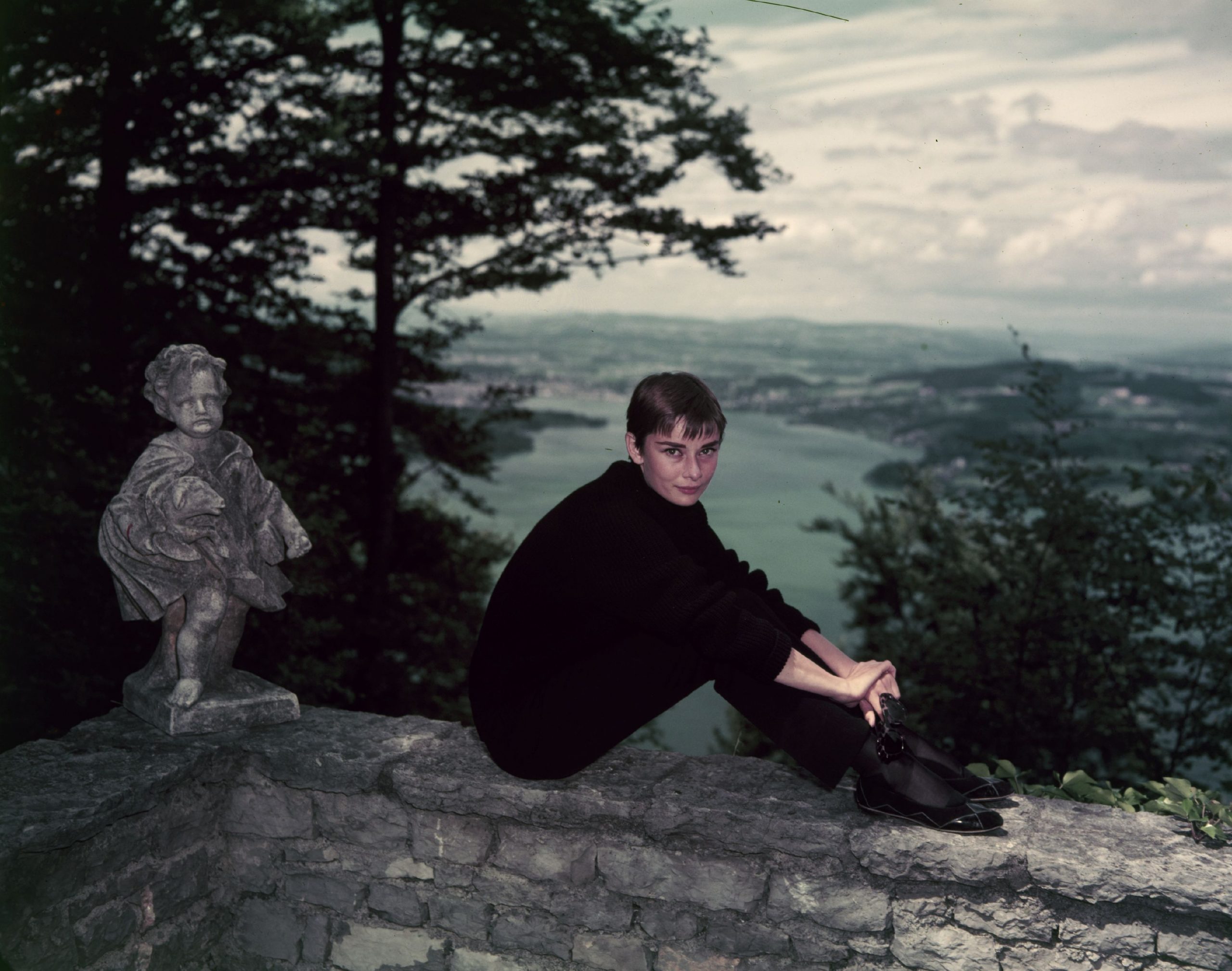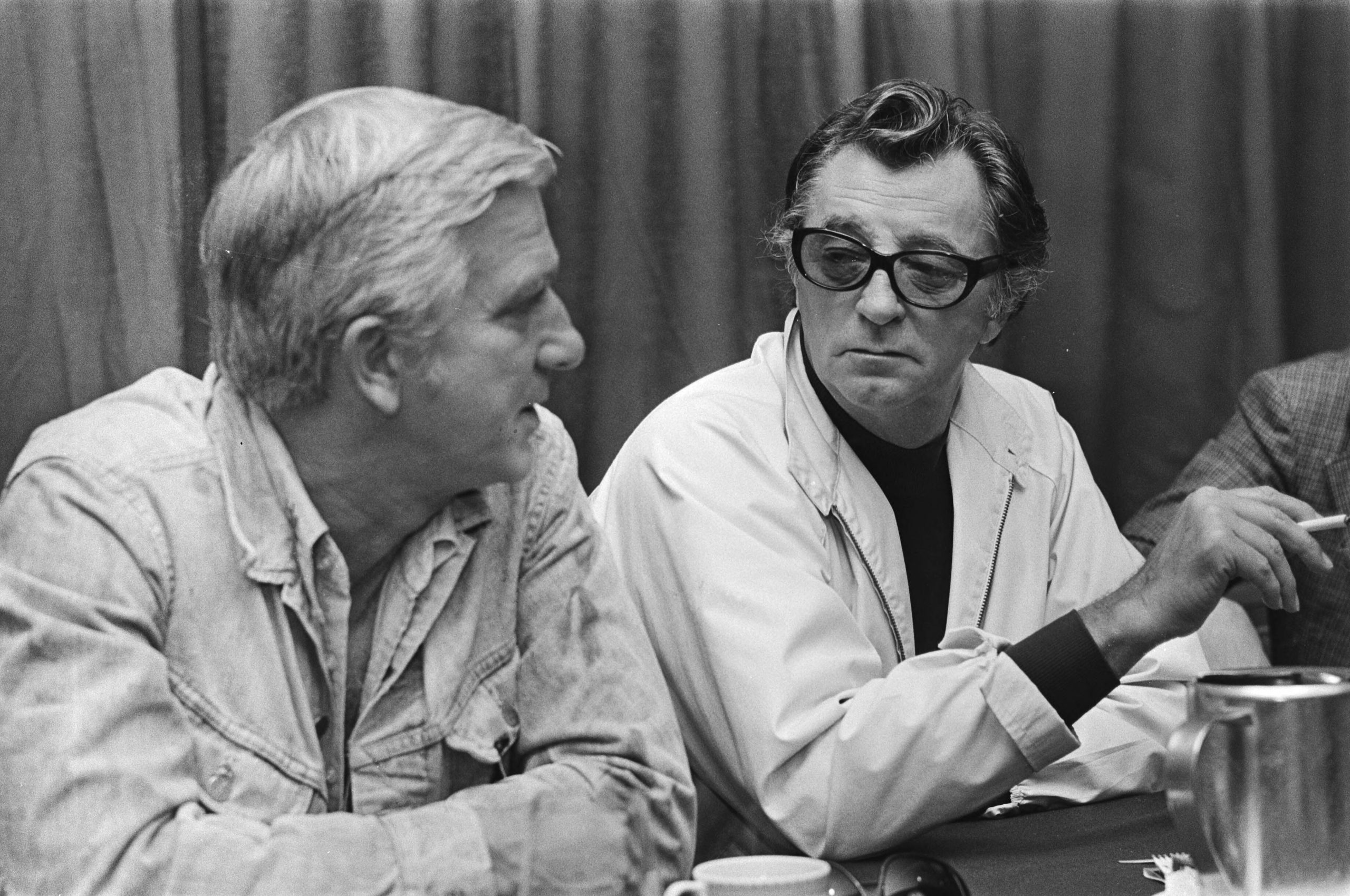He went down in film history as the “master of suspense”: building suspense in a film that keeps the viewer glued to the cinema seat is a true craft. Alfred Hitchcock proved countless times in the course of his career that he had mastered this craft like no other before him.
Hitchcock knew that a film that relied on dialogue alone was infinitely boring for the audience: a typical Hitchcock film lived from the glances that two actors exchanged during a dialogue and above all from one thing: from the emotions that Hitchcock brought out in the audience. It was also typical of Hitchcock that he kept the audience guessing about the further course of the film plot with his directing until the last moment – a Hitchcock film is almost always unpredictable.
Jack the Ripper
Alfred Hitchcock grew up in a London neighbourhood where, ten years before his birth in 1899, the serial killer Jack the Ripper was wreaking havoc. Regardless of how much truth there is to the story about Jack the Ripper, Hitchcock’s youth was undoubtedly shaped by the myths surrounding the mysterious serial killer. The newspapers, the only source of information at the time, were littered with stories about Jack the Ripper and certainly provoked a state of fear in the young Hitchcock. Did he later process these states of anxiety in his films, which not infrequently revolved around murder? There are numerous interpretations of the Hitchcock films that rely on the biography of the director himself to explain the films psychologically.
In the early 1920s, Alfred Hitchcock was responsible for designing the intertitles in silent films at the English branch of the American film distribution company Famous Players-Lasky. Intertitles were text insertions in silent films that, if necessary, provided the audience with the dialogue between the characters.
In the 1930s, Hitchcock established himself as a sought-after film director in the United Kingdom.
Work in silent film
After Famous Players-Lasky closed their British branch, Hitchcock worked as an assistant director and screenwriter for independent film productions. It was during this time that Hitchcock learned much of the craft that would later qualify him as the “master of suspense”: it would be almost a full decade before the director would make a film that even came close to international acclaim.
In the 1930s, Hitchcock established himself as a sought-after film director in the United Kingdom: although the first film project he planned to realise was abandoned due to an insufficient budget, his works became increasingly popular in professional circles and with the public over the years. Critics to this day believe that with his approach to various aspects of human nature – including fear, jealousy and curiosity – he managed to make many viewers identify themselves with his art.
Cameo appearances as a trademark
It was at this time that Alfred Hitchcock developed one of his most famous trademarks: The obligatory cameo appearance of himself, which Hitchcock included in almost every single one of his films. A Hitchcock film in which the director himself does not make a brief appearance in front of the camera is not a Hitchcock film: with these appearances, the director briefly displayed in each film who bears the artistic responsibility for the film and is primarily responsible for its realisation.
In 1934 Alfred Hitchcock was signed by the British film distribution company Gaumont-British: His first work for Gaumont-British, The Man Who Knew Too Much (1934) also became Hitchcock’s first international success.
The film featured German actor Peter Lorre in his first English-language role.
In the next five years, Hitchcock realised numerous British film productions that became great successes.
With Hitchcock’s departure for Hollywood, the British film industry lost one of its great directors.
A single set was enough
Hitchcock’s great successes in Britain caught the attention of Hollywood producer David O. Selznick, who sought a longer-term contract with the director. When Hitchcock made his first Hollywood psychological thriller Rebecca in 1940 and won the Academy Award for Best Picture, one thing became clear: with Hitchcock’s departure for Hollywood, the British film industry lost one of its great directors.
Hitchcock worked with Cary Grant for the first time in the psychological thriller Suspicion (1941): Cary Grant was one of Alfred Hitchcock’s favourite actors in the following years. No matter what project Hitchcock wanted to realise, Cary Grant often seemed the suitable actor for one of the leading roles.
Hitchcock frequently broke new ground with his films: for example, the thriller Rope (1948) starring James Stewart was set exclusively in a single room. With such projects, the director showed that a thrilling film did not require many changes of scenery: it was not to be the last time that Hitchcock made a film with only one set.
Screen legends
In the early 1950s, Hitchcock signed a contract with Warner Brothers: in Stage Fright (1950) starring Marlene Dietrich, Hitchcock demonstrated his skills as a director. With this film he worked in the United Kingdom for the first time in a long time.
Hitchcock showed that he could perfectly stage established screen legends like Marlene Dietrich: But could he also create new screen legends?
With the actress Grace Kelly, Alfred Hitchcock had found an actress in the mid-fifties who fitted his ideas perfectly: although Grace Kelly had already been awarded an Oscar at the time, she did not yet have legendary status. Alfred Hitchcock took care of that: in the fifties, Grace Kelly starred in three Hitchcock films, Dial M for Murder (1954), Rear Window (1954) and To Catch a Chief (1955). Grace Kelly and Alfred Hitchcock developed a special kind of professional partnership: the two filmmakers harmonised with each other like no other actor-director team of the time. Hitchcock is said to have been not only a director for Kelly, but also a teacher for film work.
In Grace Kelly, Hitchcock had found an actress of elegance.
An actress of elegance
Especially Rear Window, which again worked with only one set, went down in the annals as one of the most remarkable films of all time. In the fifties, the director was at the creative peak of his career.
About actresses, Hitchcock said:
“As a movie director, I have found that an actress with the quality of elegance can easily go down the scale to portray less exalted roles. But an actress without elegance, however competent she may be, can hardly go up the scale… She lacks the range as an actress because she lacks the range as a person. A woman of elegance, on the other hand, will never cease to surprise you.“
Source: Jorgensen, Jay & Bowman, Manoah: Grace Kelly – Hollywood Dream Girl, 2017 HarperCollins
In Grace Kelly, Hitchcock had found an actress of elegance: When the actress took on her “new role” as the Princess of Monaco, the director struggled to ever find a replacement for her. Finding a replacement for Grace Kelly was simply not possible.
Master of the cinema
Alfred Hitchcock always knew how to market himself: With the series Alfred Hitchcock Presents (1955-1965), in whose episodes mostly film adaptations of short stories selected by Hitchcock were shown, the director increased his popularity enormously. With the series, the name Alfred Hitchcock also became a household name for television audiences – to experience Hitchcock, one no longer had to go to the cinema.
As so often in his career, the master of suspense took advantage of a technical innovation: technical innovations always played a major role in Alfred Hitchcock’s creative work as a film director.
Hitchcock’s later works as a director include Vertigo (1958), North by Northwest (1959) and The Birds (1963).
Throughout his career, the master of cinema showed how to get the most out of the medium of film: The motifs of his films engage enthusiasts of his films to this day.
A London boy who was afraid of Jack the Ripper became one of the most important film directors ever.
Main sources: Hitchcock’s entry in the Encyclopedia Britannica & Jorgensen, Jay & Bowman, Manoah: Grace Kelly – Hollywood Dream Girl, 2017 HarperCollins
Cover picture: Alfred Hitchcock in St. Moritz, 03.01.1959
Picture credit: ETH-Bibliothek Zürich, Bildarchiv / Photographer: Gerber, Hans / Com_L08-0004-0002-0001 / CC BY-SA 4.0

 Deutsch
Deutsch











